Your cart is currently empty!
Hanfu Sailor Neptune, White Snake Nymph 白蛇
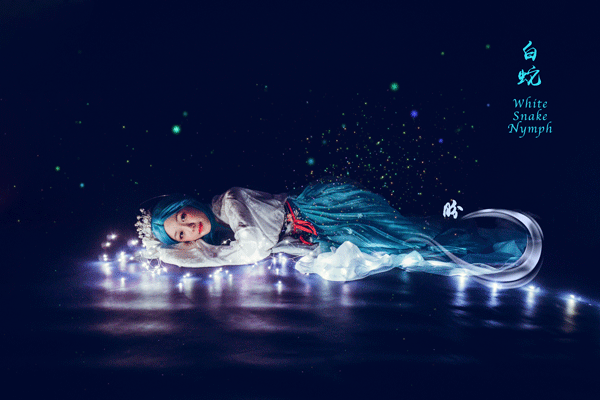
Snakes used to be one of the auspicious creatures in ancient Chinese society, and they saw it as the mini version of the auspicious dragon. Ancient mythology of creation even recorded that Nü Wa and Fu Xi who created human and the world respectively were in the form of half human half snake. In Taoist traditions, there were also many chants or rituals which require parts of a snake or evoked snake spirit at one point.
Perhaps the Chinese has always saw snakes as having some sort of mythical and mysterious power, that the famous tale of Madame White Snake came about. The origin of the tale is hard to ascertain, but it was said to be from the Tang or Song period (about 7th-13th Century).
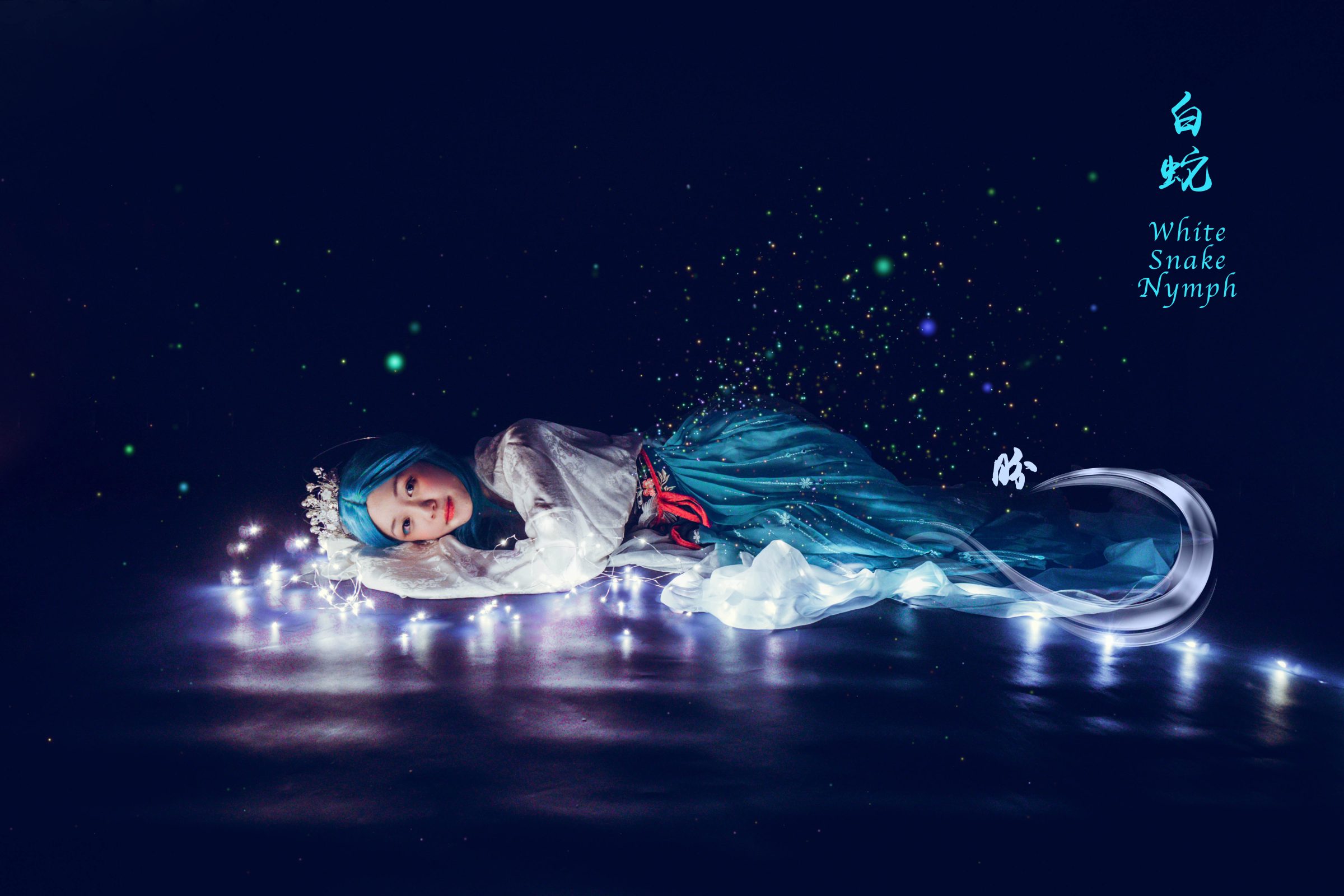
The tale revolves around a forbidden love story between a white snake nymph and a human. As snakes were seen as bad by the general population of that time (since they could kill with their venom), this lead to a lot of opposition. The most famous one is that of a monk who refused to see all the goodness that the white snake was capable of.
In many ways, it is a tale about discrimination and dogmatism where a monk was so stuck in his valuation of what’s good and evil, that he equates all spirits and nymphs as damnable regardless of the many proofs of their goodness through actions.
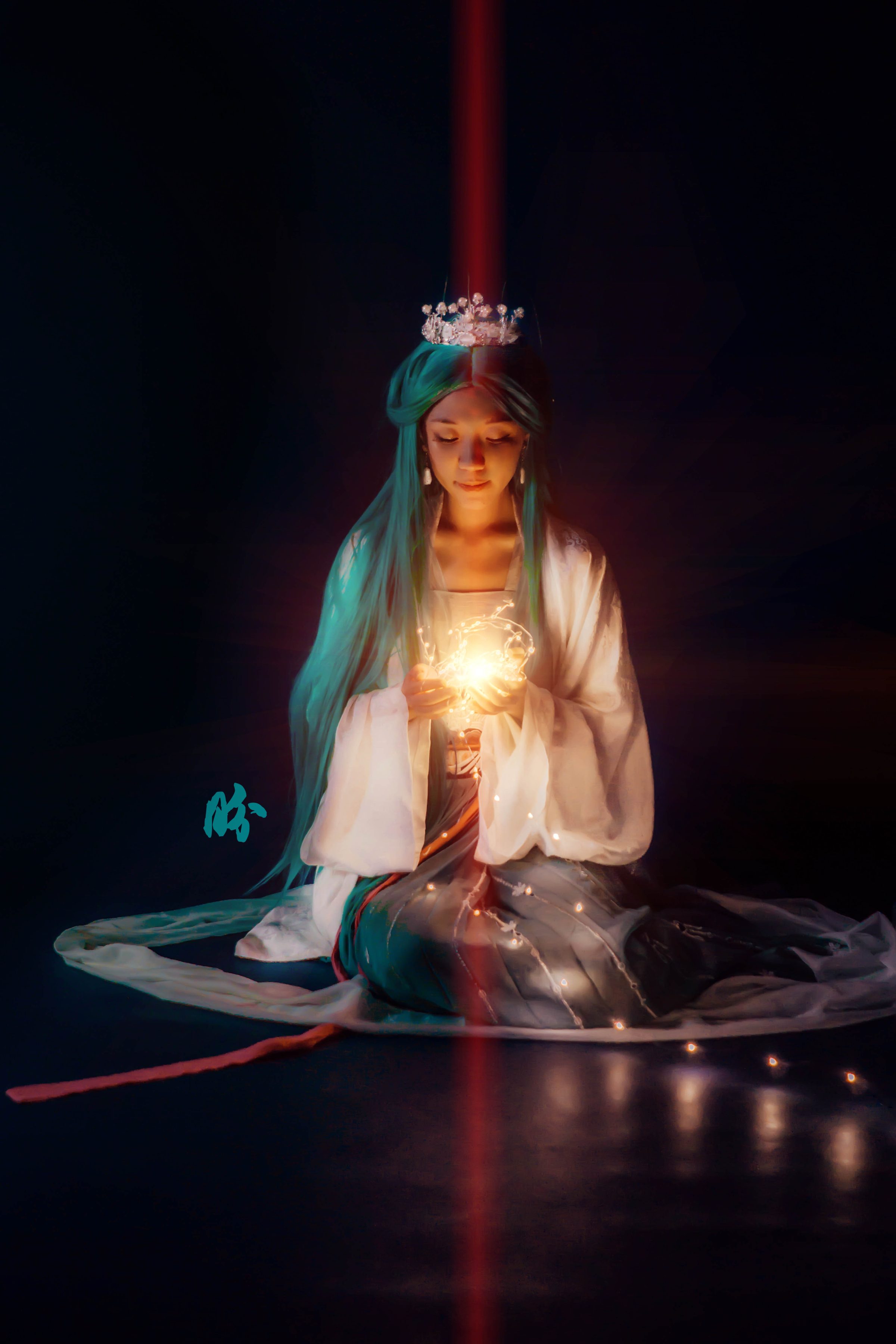
I’ve always liked Madame White Snake as a child because she was kind and gentle but not weak, and she knows gratitude. It was an important story which made me aware of the prejudices and stigmatisation of certain groups. She could have just stayed in her cave to meditate and wait or a few more thousand years to attain enlightenment. But she chose to repay the man who saved her when she was in a snake form, by marrying him, and she spent her days healing and saving the sick with her knowledge of herbs. I remember the story made me reject power and oppression from a young age, in the form of the monk who locked her up just because she was a powerful snake.
So she evoked her superpower of manipulating water and flooded the Golden Mountain (also known the Mountain of immortals). In Sailormoon series, the special power of Sailor Neptune is that ability to summon waves for the destruction of evil powers. It differs from Sailor Mercury’s bubble power, even though Sailor Mercury is technically the star with a direct reference to the water element. I think the creator wanted to show the differerence between the core solar sytem planets and the outlying ones with the outlying ones being more mysterious and powerful.
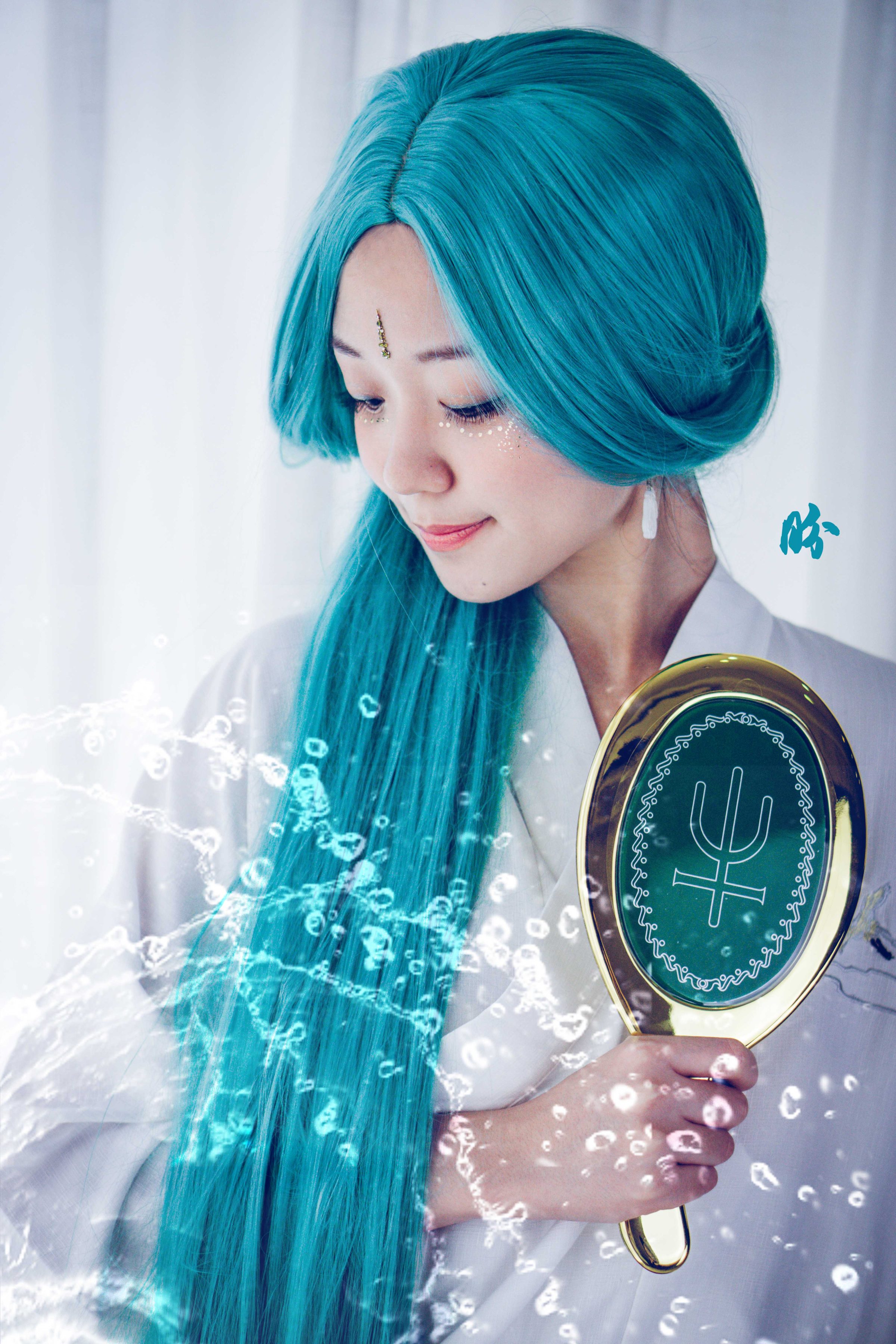
Similarly, Sailor Neptune also symbolised the epitome of femininity with her violin performance and elegance. Not unlike the iconic image of Madame White Snake, her femininity is further emphasised with a sidekick who is quite the opposite–the Green Snake spirit and in the case of Sailor Neptune, Sailor Uranus (we will see that in the next post).
It is interesting to note how similar cultures are when we look at snake in the Indian culture–the Naga. Naga is the Sanskrit word for snake, and in Hinduism, Buddhism and Jainism, it refers also to beings (devine or semi-devine) that take the form of a snake. And in Hinduism, Nagas are also often associated with bodies of water and is often a benevolent protagonist–similar to the portrayal of White Snake.
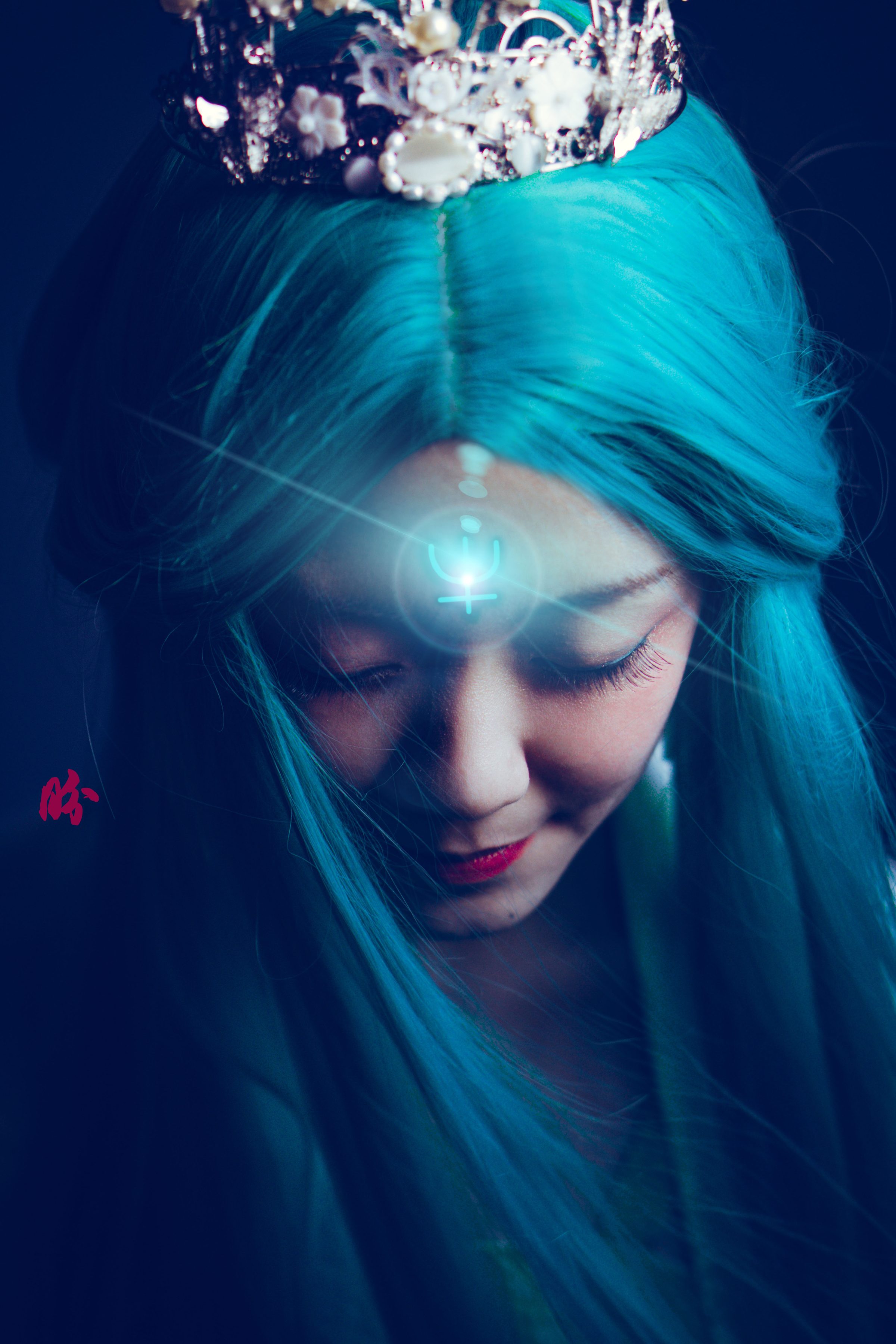
It is likely that the Chinese story of White Snake might have been a version that sprung from the story of Naga since Buddhism was brought over to China from India and many Buddhist stories were fused with local Chinese culture to become other tales that we hear about today. Apparently some Chinese scholars believe it to be the case as well.
The Hanfu Sailormoon series of mine has incorporated some elements of foreign cultures such as the Indian ones, on top of the Japanese cosplay culture because cultures do not exist in isolation, especially the Chinese. We could see from its mythology elements that were taken from other cultures, and how it further influenced another henceforth. I hesitated using the Bindi for the shoot because I was concerned that it would be seen as cultural appropriation.
However, I decided to go ahead with it after some thought because I wanted to celebrate the commonality and shared an appreciation of different cultures by humanity throughout history, which should be continued. The Chinese have always loved the Indian culture, and the use of forehead decoration, although attributed to the tale of a flower that landed on a beautiful lady’s forehead, it might possibly (my own theory) have been an appropriation from the Indian culture as far back as over a thousand years ago.

To date, one could still seem some Chinese babies in China having a red dot on their forehead during festive occasions. Although much less than when I was a child. I remember my favourite moment was to have my mom dotting a red dot for my nursery performance with her red lipstick. To me, that was the epitome of beauty (lol!). Of course as cultural practices evolve and get passed one from place to place, their symbolism changes and in the case of the Bindi in Chinese culture, they became more associated with beauty and decoration than the religious and spiritual associations of India.
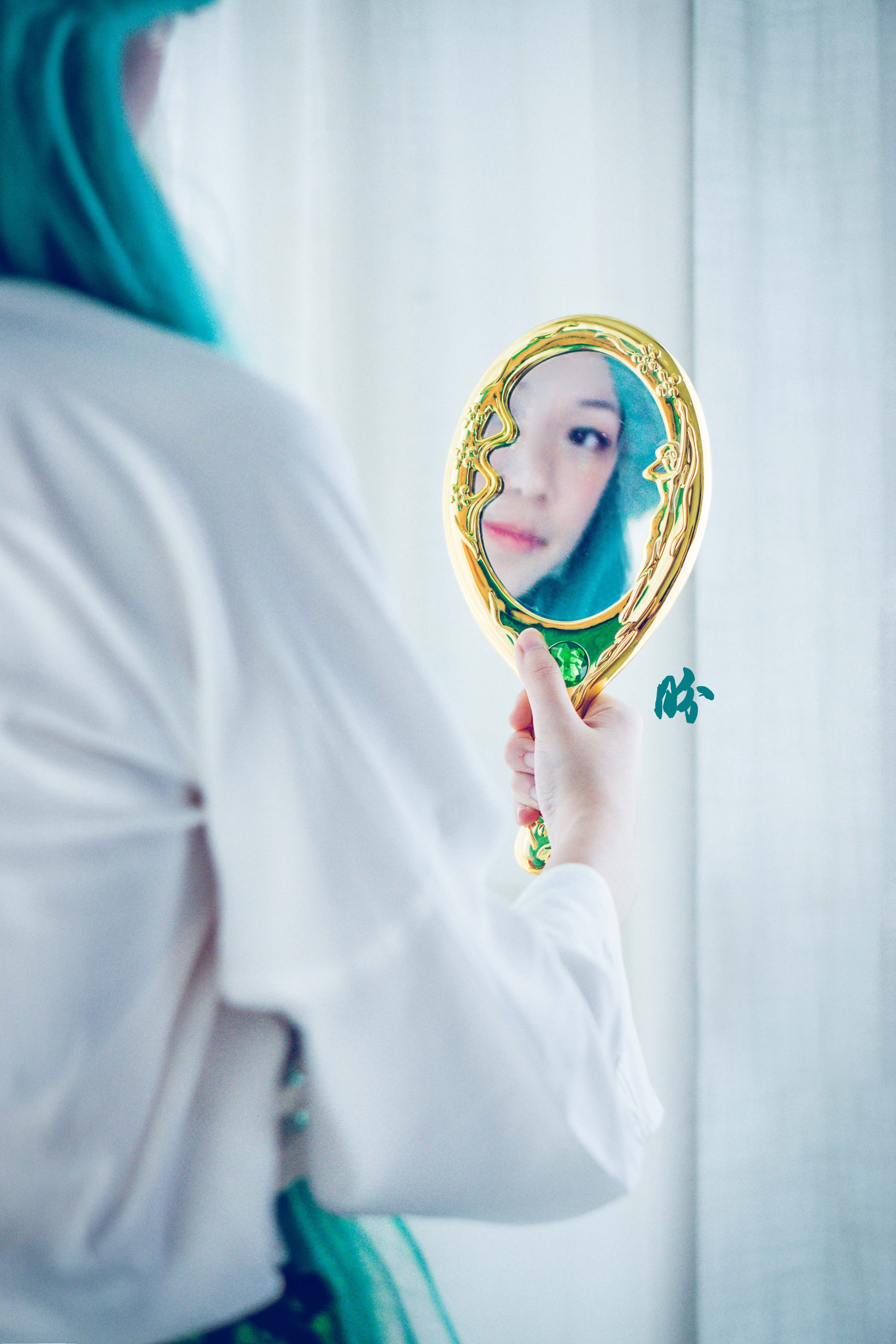
The mirror which is the key weapon of Sailor Neptune could detect the presence of evil forces. This is somewhat similar to the Chinese belief that a mirror could reveal the true form of evilness and spirits which would usually be diguised in the human form. However, in the case of Madame White Snake, what made her show her true identity as a snake was not a mirror, but realgar wine (a wine that contains a yellow-orange arsenic sulfide mineral and is traditionally consumed as part of the Dragon Boat festival at the height of summer).
The Dragon Boat Festival which many associates with rice dumpling and dragon boat racing actually was traditionally a festival to get rid of sickness and build greater immunity before it was associated with Qu Yuan a patriot. People would drink realgar wine was believed to ward off pests like snakes. As such when Madame White Snake drank realgar wine on the Dragon Boat festival, her power of concealing her human form was lost and she turned back into a snake.
Still beautiful.


Leave a Reply